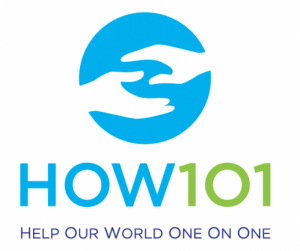School in Kenya
Taraja boys in front of their Primary School.
Public education has a long history in Kenya. It is considered a basic right that should be offered to every individual. As early as the 18th century, the Swahili people attended school. Since independence Kenya has had three different education systems. The latest is the Competency-Based Curriculum introduced in 2017 to replace the 8-4-4 Curriculum (8 yrs Primary-4 yrs High School-4 yrs University) that had been in place since 1985. The CBC system was intended to be complete by 2023 but due to the pandemic delays are expected.
Under CBC, students will now spend 2 years in Pre-primary, 6 years in Primary (Grades 1-6), 3 years in Junior Secondary (Grades 7-9), 3 years in Senior Secondary (Grades 10-12), and 3 years in university. The Competency-Based Curriculum puts emphasis on seven core competencies: communication and collaboration, critical thinking and problem solving, creativity and imagination, digital literacy, learning to learn and self-efficacy (belief you have the power to face challenges). The subjects taught in Upper Primary are:
Subjects for Upper Primary
English
Kiswahili or Kenya Sign Language (for learners who are deaf)
Home Science
Agriculture
Science and Technology
Mathematics
Religious Education (CRE/IRE/HRE)
Creative Arts
Physical and Health Education
Social Studies
Learners under the competency based curriculum (CBC) will sit for five national assessments in their primary school education, in the underway shift to the continuous tests approach intended to do away with only one final paper as is the case with the current KCPE exam.
The learners will then take another eight national assessments in junior and senior high school, replacing the Kenya Certificate of Secondary Education (KCSE) that is currently used as a qualifier for university admission.
Currently, KCSE candidates must take English or Swahili, and Mathematics along with at least two sciences, one humanity and one practical or technical subject. The KCSE’s take place in November under very strict supervision to avoid cheating. Results are released in late December.
In Kenya, this examination is the entrance to public and private universities and the pass mark is grade C+. Students who attain a lower mark than C+ join other tertiary institutions for non-degree courses.
The school year in Kenya begins in January and ends in October before the Kenya Certificate of Primary Education (KCPE) and Kenya Certificate of Secondary Education (KCSE) exams are held.
Sources:
https://kenyayote.com/breakdown-kenyas-new-2-6-6-3-education-curriculum-framework-subject-taught/


